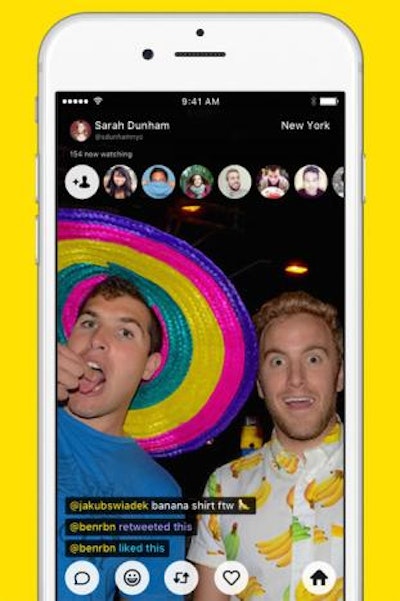
Meerkat launched in late February, and just two weeks later it became the breakout app of South by Southwest in March, as dozens of the conference attendees used it to share live streams from the event from their phones and other mobile devices. The buzz only grew when, on the first day of SXSW, Twitter cut Meerkat’s access to its social graph (in preparation for the launch of its own streaming app, Periscope). The app has released several updates, including the ability to create instant polls for viewers and to allow someone else to take over a stream for 60 seconds.
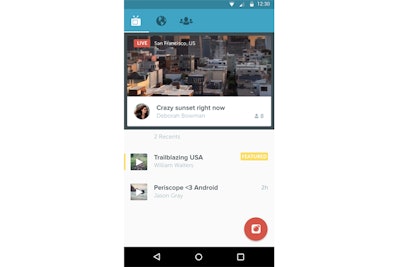
Live-streaming app Periscope launched in March, shortly after it was acquired by Twitter. Apple recently selected it as its iPhone App of the Year. The app, which is available for Apple and Android devices, allows anyone to share live video and audio from an event from their mobile device. The app now has more than 10 million accounts.
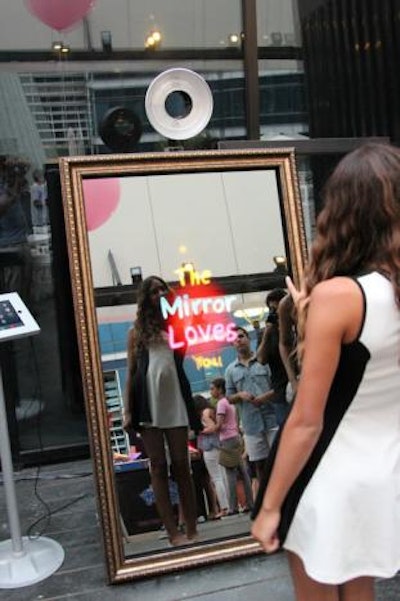
Foto Master's Mirror Me Booth is a new portable photo option for events, with a camera embedded behind a mirror. As users step in front of the mirror, colorful animations appear on the surface with instructions such as “touch here to begin” and “say cheese,” and the animations can also include sound so they appear to talk to the users. Hosts can customize the experience with specific instructions—asking people to wave their hands or to scream, for example. Guests can also sign the mirror to have that signature printed on the hard copy of the photos. The 65-inch mirror comes with a selection of frames. It launched in April.
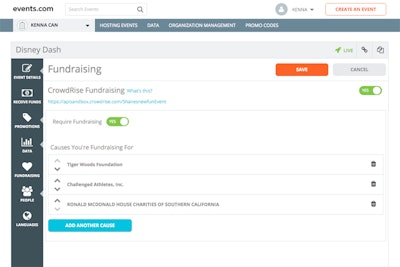
Events.com is an event management platform that launched in February. The cloud-based application includes registration, social media, and communication features to simplify events for organizers and attendees. In August, the company announced a partnership with CrowdRise that adds fund-raising capabilities to the Events.com system.
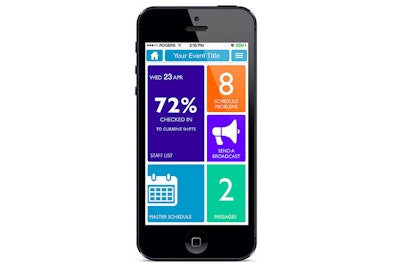
Communication is a key component of a successful event, and InitLlive is focused on streamlining the process for planners. The mobile and Web app launched in January to coordinate real-time communication and scheduling among event staff. Volunteers and staff can sign up for shifts, and the system can automatically send reminders. At the event, the planner can use the app to check people in and to send instant messages.
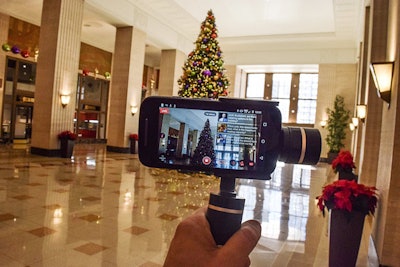
Georama is a new option for planners who want to check out destinations, venues, entertainment, or other elements for their events without having to travel to see them in person. The company has nearly 200 guides around the world who provide private, customized tours using either a smartphone or a GoPro. Tours are conducted in real time with two-way audio so those watching can ask questions or request a closer look at something. The stream is private, viewable only with an access code, and each tour is also recorded for viewing on demand.
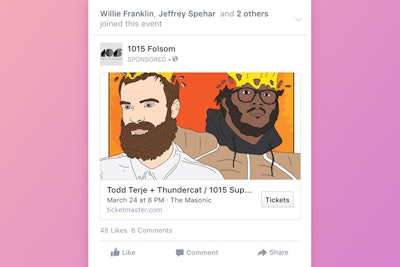
In October, Facebook began rolling out several updates to its event tools intended to help hosts create and promote events more efficiently. The updates include the ability to schedule an event to publish at a future time, the creation of QR codes that can be shared online or in printed materials, and the addition of “interested” as one of the RSVP options. Facebook Events also now allows organizers to add co-hosts to events and to add their events to the calendar on their corresponding Facebook pages. In early December, Facebook began rolling outs its live video tool to iOS users (it was previously only available to celebrities). Unlike Periscope and Meerkat, Facebook live streams don’t disappear after 24 hours—they stay in the host’s timeline until deleted.
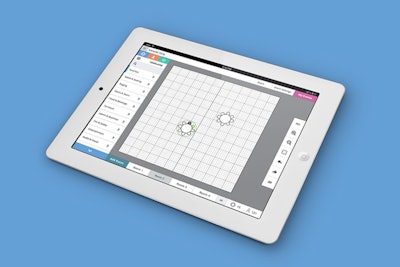
In October Social Tables released a new app, SiteInspector. The app is intended to help planners catalog, compare, and share site inspection information such as capacities, audiovisual options, budgets, and food and beverage details. The system can store notes, photos, and videos. It also includes a tool to test Wi-Fi strength at a venue. The existing Social Tables platform was also updated to include floor plans from more than 10,000 properties.
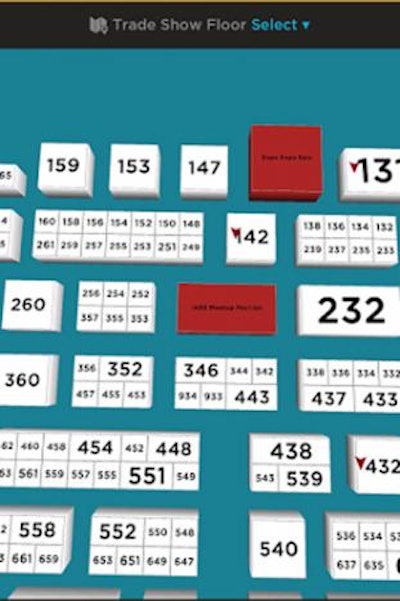
Eventbase, a mobile technology platform for events, has created new tools focused on lead retrieval and creating connections between exhibitors and attendees. The system now uses iBeacons around exhibit booths to detect nearby attendees based on industry and interest tags in their profiles. Exhibitors receive notification of relevant attendees in their area to help them get meaningful content in front of those attendees as they pass by. The company unveiled the new tools at I.A.E.E. Expo! Expo! in early December.

Snapchat unveiled updates to its Live Stories feature in November. Previously, the Stories displayed a selection of snaps from a particular location—such as a festival, concert, sports match, or other event—with the images curated by Snapchat. That curation will continue, but now the new Story Explorer gives users the ability to see an event from different vantage points. By swiping up, users see multiple shots of the same real-life moments.
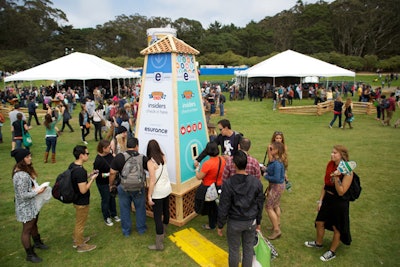
In July, Event Farm acquired ClearHart, a digital innovation agency that specializes in bridging online and offline engagement for events. ClearHart’s work has focused on turnkey wearable technology using tools such as R.F.I.D., N.F.C., and Bluetooth low-energy. Event Farm is using that expertise to develop an experiential platform that it says will “bring the Internet of Things to live events and experiences.”
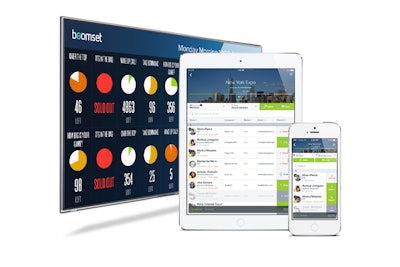
Boomset added several new features in 2015, including session scheduling, which can be displayed on smart boards so attendees can edit their schedules in real time. The system also helps planners monitor available seats in every session with real-time updates. Boomset also added lead retrieval functions to its app so guests and vendors can exchange contact information without additional equipment. Exhibitors can scan badges using their smartphone’s camera, add notes, mark leads as “hot, warm, or cold,” and search leads by name, date scanned, or priority level.
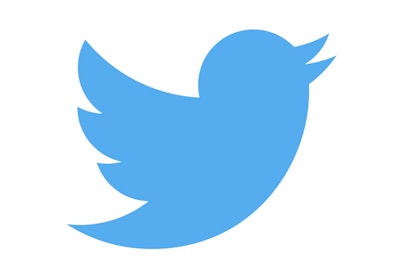
Twitter is making it easier for users to find all the tweets around big events or topics, without needing to follow those accounts or use a hashtag. In October the company unveiled Moments, indicated by a new lightning bolt icon. Tapping it opens a new tab that shows tweets about big stories unfolding on Twitter, such as “conversations between world leaders and celebrities, citizens reporting events as they happen, cultural memes, live commentary on the night’s big game, and many more,” according to the company blog. Moments are assembled by Twitter’s curation team and contributed by partners like Buzzfeed, Entertainment Weekly, Getty Images, Mashable, The New York Times, and more.

Topi unveiled several updates to its mobile app in 2015. A new networking tool takes inspiration from dating app Tinder: users swipe across a profile to indicate interest in meeting that person. If the recipient accepts the request, the app creates a chat room where the two can communicate. The app also launched PeopleRank, an algorithm to automatically suggest the most relevant people to meet at an event. The company is now testing two additional services—Bitcoin payment for registrations and an integration with Uber to allow attendees to share rides to and from conference venues.
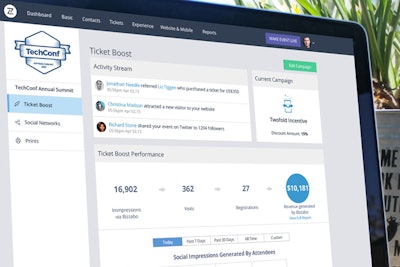
Event management system Bizzabo launched Ticket Boost this summer as a way to create incentives for attendees to promote an event. When guests register they received a unique discount code to share with others. If someone signs up using their code, the attendee receives money back on registration.
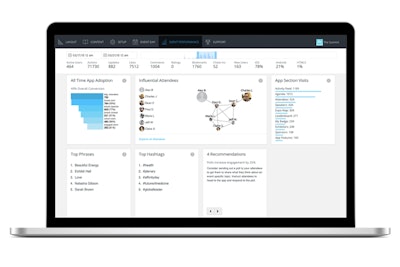
In February, DoubleDutch launched “Event Performance,” a new analytics platform that uses data from the DoubleDutch mobile app to help planners monitor content and engagement metrics as an event is taking place. The system allows planners to see top search terms in the app, trending hashtags, and popular discussion topics. It also has tools to help planners understand how their guests are using the app by tracking every stage of adoption, from the invitation email to log-ins and actions within the app.
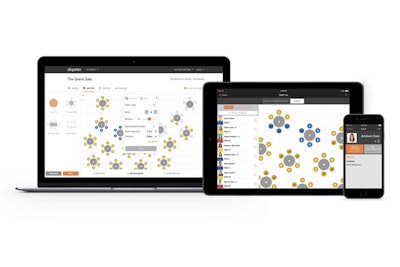
In June Zkipster launched a new seating feature for its guest list app. Planners can now design and collaborate on seating charts in real time using floor plans from several hundred venues with more coming in 2016. The system can also create custom plans at no additional cost. Hosts can use the app’s drag-and-drop feature to assign guests to seats and to make changes instantly.
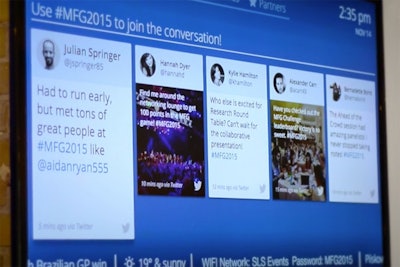
On December 1, EventMobi unveiled its new “Live Display,” an enhanced social wall for events. In addition to a live feed of social media tied to an event, the display can include schedule and speaker information, games, alerts, sponsor information, and a ticker showing world news, weather updates, and customized information such as the event’s Wi-Fi password. Content on the display is synced with content in the EventMobi app. Also this year, EventMobi created a new platform that allows hosts to create games for their events.
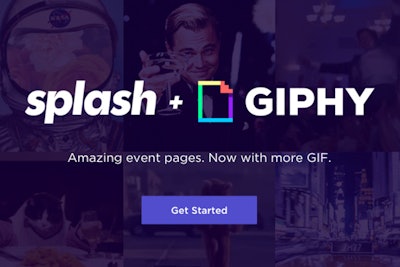
In August, Splash unveiled an integration with GIPHY, a search engine for animated GIFs, so planners can easily add a GIF to their Splash event page and email invitations. Splash also released an update to its email communication tools. The new “Event Email Sequence” is a dashboard with five preloaded emails that are tied to specific stages of the event cycle (save the date, invitation, and thank-you) and can be set up to send automatically. The dashboard also provides data such opens, bounces, and clicks for each email.
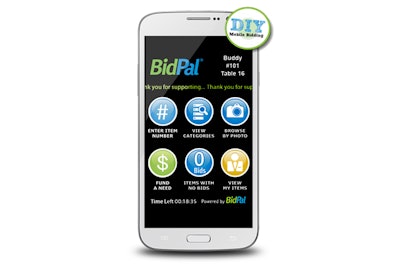
In March, BidPal introduced a new D.I.Y. mobile bidding option to manage fund-raisers. The system provides the same software and services of a BidPal full-service event without the additional cost of on-site staff or peripheral hardware.

Tagkast has added animated GIFs and green-screen options to its branded photos sharing system for events. Using the green-screen technology, planners can customize the background for their guests’ photos. Tagkast also offers a kiosk option for hosts that want to use the system without additional staff.


















